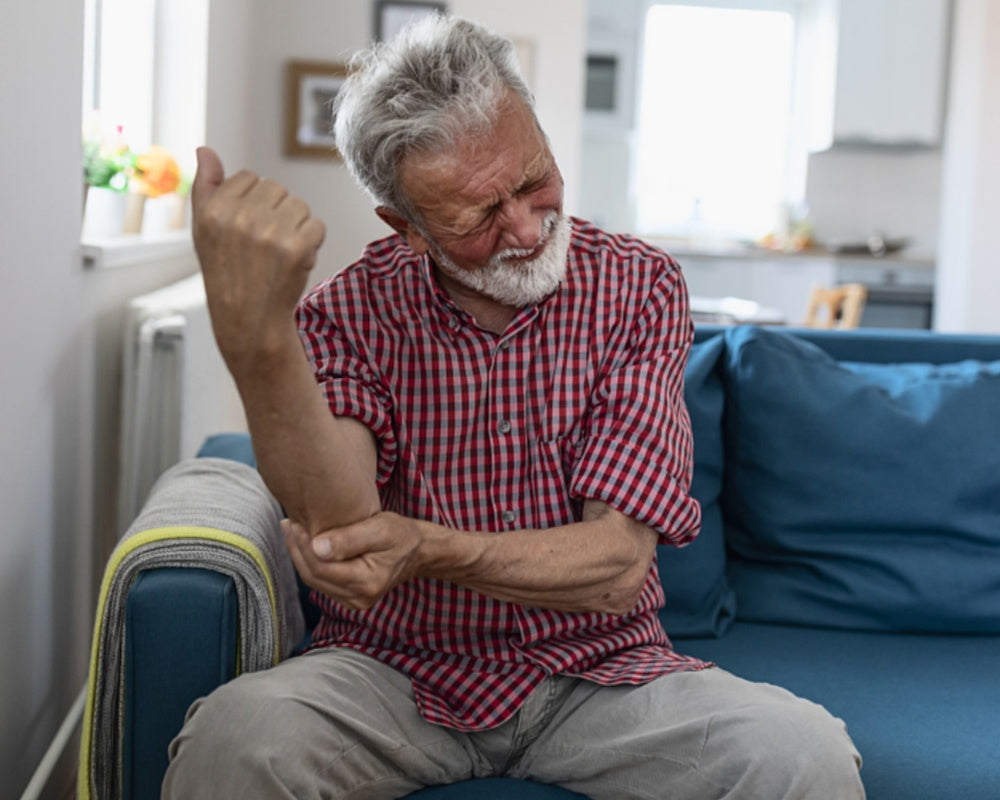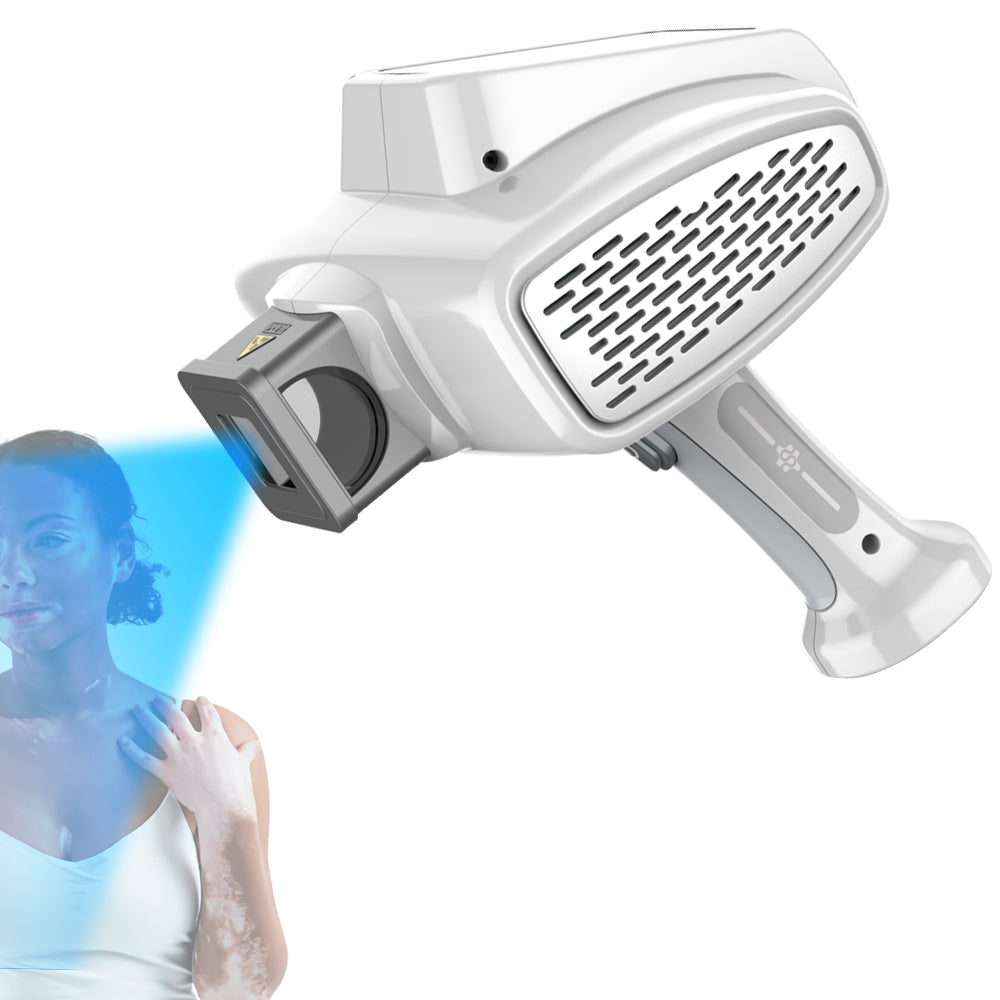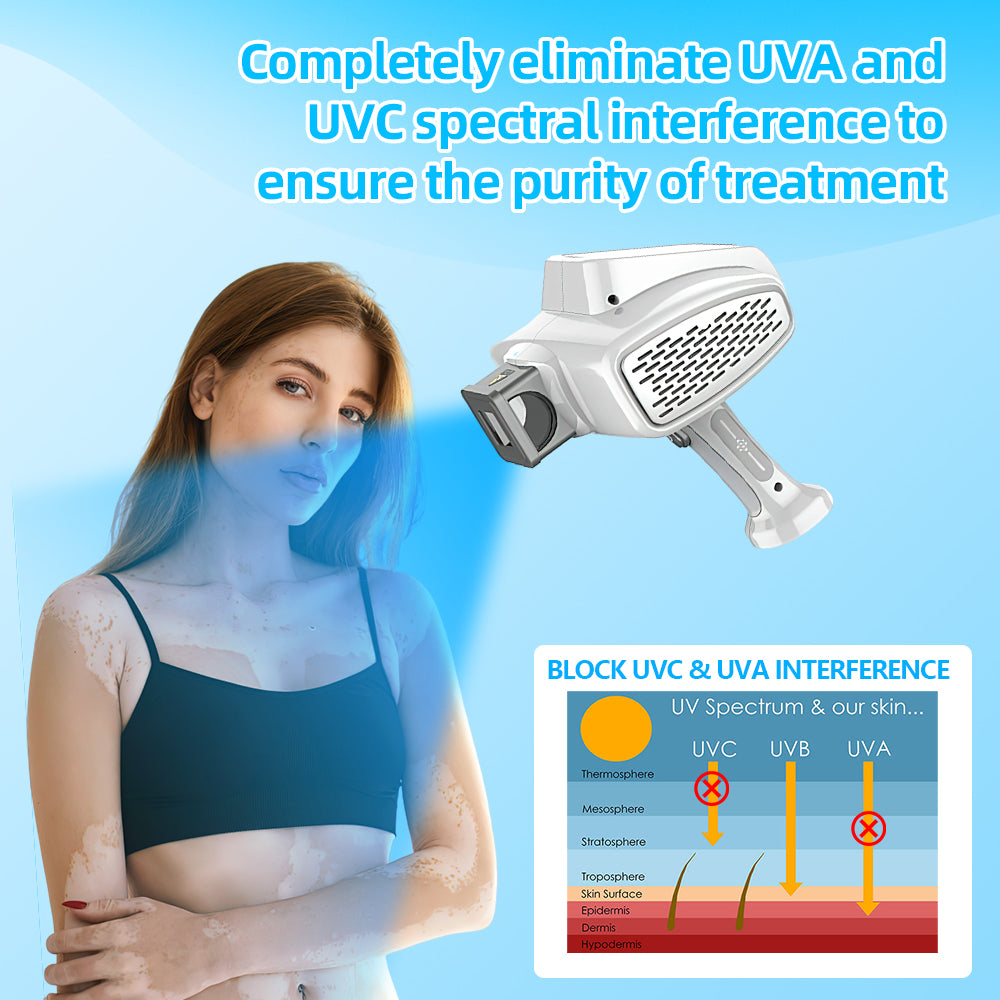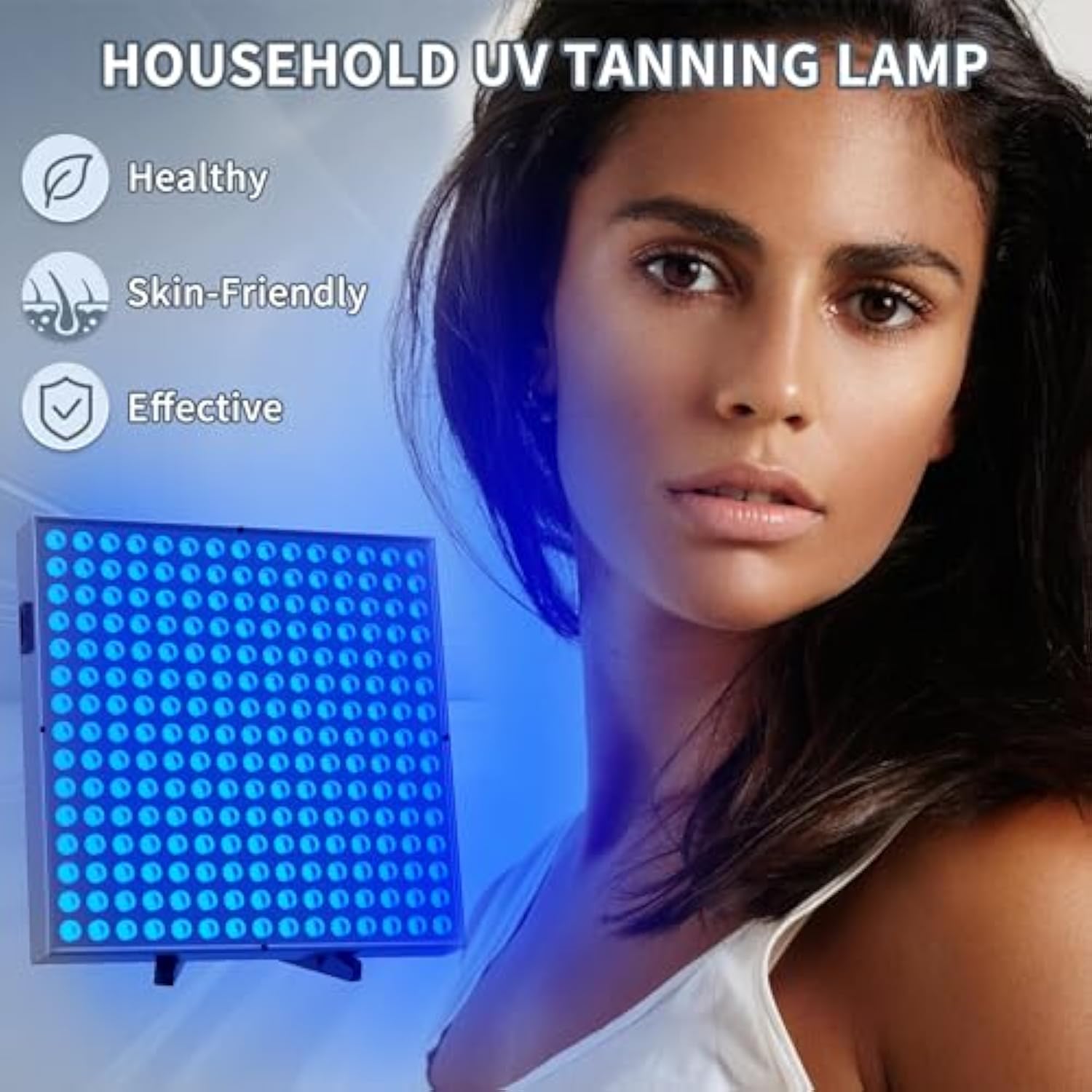As we age, arthritis becomes a common and troubling health issue among middle-aged and elderly individuals. This article will provide a comprehensive overview of the common types of arthritis in this demographic, along with symptoms, causes, and effective management strategies to help better cope with this challenge.
1. Overview of Arthritis
Arthritis comprises a collection of conditions characterized by pain and inflammation in the joints. Common types of arthritis among middle-aged and elderly people include:
- Osteoarthritis (OA): The most common type of arthritis, primarily caused by the degeneration of joint cartilage.
- Rheumatoid Arthritis (RA): An autoimmune disease where the body's immune system attacks joint tissues.
- Gouty Arthritis: Acute inflammation caused by uric acid crystals depositing in the joints.
2. Symptoms of Arthritis
Symptoms of arthritis can vary, but common ones include:
- Joint Pain: Worsens with activity and eases with rest.
- Joint Swelling: More pronounced in rheumatoid arthritis and gouty arthritis.
- Stiffness: Particularly evident in the morning or following periods of inactivity.
- Limited Mobility: Impacts daily activities such as walking, stair-climbing, and grasping objects to a significant degree.
3. Causes and Risk Factors of Arthritis
Middle-aged and elderly individuals are more prone to arthritis due to several factors:
- Age: Joint cartilage naturally degenerates with age.
- Gender: Rheumatoid arthritis is more prevalent among women.
- Genetics: Family history of arthritis increases risk.
- Obesity: Excess weight puts additional stress on joints, particularly the knees and hips.
- Injuries: Previous joint injuries can increase the risk of arthritis.
4. Diagnosis of Arthritis
Diagnosing arthritis requires professional medical examinations, including:
- Clinical Examination: Doctors check for joint pain, swelling, and range of motion.
- Imaging Tests: X-rays and MRIs can help assess the extent of joint damage.
- Blood Tests: Especially useful for diagnosing rheumatoid arthritis and gouty arthritis by detecting inflammation markers and uric acid levels.
5. Treatment and Management of Arthritis
While arthritis cannot be completely cured, effective management can significantly improve quality of life. Main treatment and management methods include:
Medication
- Pain Relievers: Such as acetaminophen and nonsteroidal anti-inflammatory drugs (NSAIDs) to relieve pain and inflammation.
- Disease-Modifying Antirheumatic Drugs (DMARDs): Used for rheumatoid arthritis to slow disease progression.
- Biologics: Target specific parts of the immune system for treating difficult cases of rheumatoid arthritis.
Non-drug Therapies
- Physical Therapy: Specific exercises and treatments to strengthen muscles around the joints and improve joint function.
- Exercise: Moderate aerobic exercises, strength training, and flexibility exercises such as swimming, yoga, and walking.
-
Dietary Adjustments: Consuming foods rich in omega-3 fatty acids, antioxidants from fruits and vegetables, and reducing sugar and processed food intake.
Red Light Therapy
Red light therapy is a non-invasive treatment that utilizes specific wavelengths of red light to alleviate pain and inflammation while promoting tissue healing. Research shows that red light therapy can effectively alleviate arthritis symptoms, especially when intervened early.
- Mechanism: Red light penetrates the skin to the joint area, promoting cellular energy production and metabolism, accelerating tissue repair, and reducing inflammation.
- Usage: Typically involves the use of portable red light therapy devices for about 15-20 minutes per session, several times a week.
Surgical Treatment
In severe cases, surgical treatment such as joint replacement surgery may be necessary to improve joint function and relieve pain.
6. Mental Health and Support
Arthritis not only affects physical health but can also impact mental health. Maintaining a positive mindset and obtaining psychological support is crucial. Help can be sought through:
- Psychological Counseling: Seeking professional counseling to cope with chronic pain and emotional distress.
- Support Groups: Participating in arthritis support groups to share experiences and gain mutual support from fellow patients.
7. Latest Research and Advances
Research in the field of arthritis is continuously advancing, with new therapies and treatment options being developed. For example, the potential of stem cell therapy and gene therapy in treating arthritis is being explored. These emerging technologies may offer more effective treatment options in the future.
8. Personal Stories and Expert Opinions
Sharing success stories of middle-aged and elderly patients managing arthritis effectively through active lifestyles and effective treatment strategies can provide valuable insights. Additionally, quoting medical experts' advice and opinions adds authority to the article.
9. Resources and Support
Providing useful resource links such as the Arthritis Foundation, patient education websites, and online support groups can help patients access more information and support.
Conclusion
Arthritis is a common health issue among middle-aged and elderly people, but through effective management and an active lifestyle, quality of life can be significantly improved. This article aims to help readers better understand arthritis and provide practical advice and resources to help every arthritis patient live a healthier and happier life.
If you have any questions or need further information, please feel free to contact professional medical institutions or doctors.











